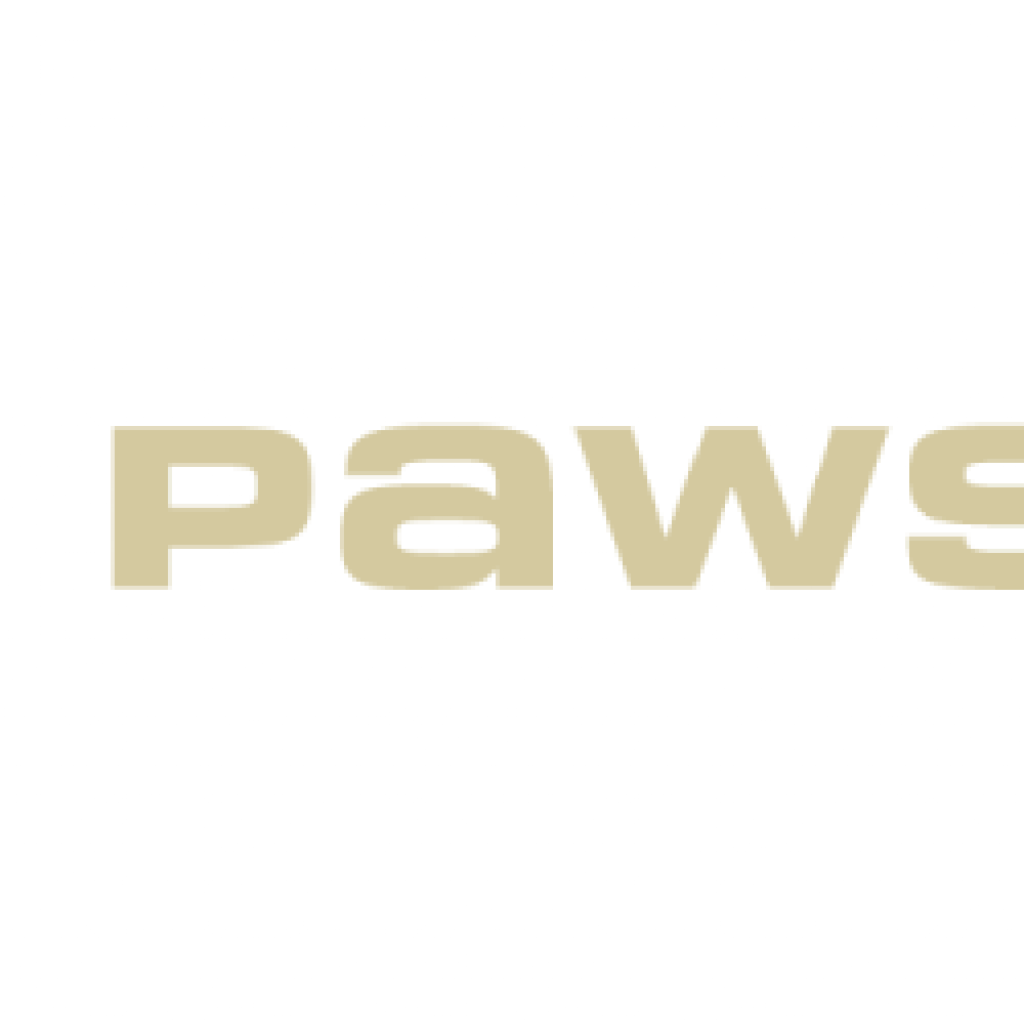(Pawsey) Pawsey Supercomputing Research Centre is supporting a pioneering quantum education and research program to enable students access to one of the first educational quantum computers in Australia.
Based at the University of Western Australia (UWA), the new program will enable researchers and students to upskill in the emerging area of quantum computing and engage with Pawsey’s Quantum Supercomputing Innovation Hub.
The education and research hub will be led by renowned quantum physicist Professor Jingbo Wang and will offer two desktop quantum computers, the two-qubit SpinQ Gemini and the three-qubit SpinQ Triangulum system, operating at room temperature.
While the SpinQ systems look like a standard desktop computer tower, they work by trapping specially selected molecules in a powerful magnetic field. They are then zapped with radio frequency pulses to manipulate the nuclear spins within the molecules.
Ugo Varetto, Pawsey’s Chief Technology Officer, said the systems would provide quantum computing experience for students using real devices featuring quantum control design capabilities.
“By empowering the next generation to understand quantum computing today, they will be ready when quantum technologies are accessible to all. We are setting the foundation for the future of quantum technologies,” Mr Varetto said.
More than 25 third-year quantum computing students at UWA will trial the hub in the first half of 2022, before it becomes available more broadly to students and researchers later in the year. It will also provide an opportunity to Pawsey staff to further develop skills in quantum computing.
Pawsey Education and Training Manager Ann Backhaus said there was growing demand for education, training and support making use of Pawsey’s foray into quantum computing.
“In 2021, about 10 percent of Pawsey’s 46 interns undertook quantum-based research during their 10-week program. The unique combination of supercomputing and quantum computing helps students step beyond 0s and 1s – binaries – to develop a quantum mindset,” she says.
Australia’s Pawsey Supercomputing Research Centre supporting a pioneering quantum education & research program to ‘develop a quantum mindset’ in students
